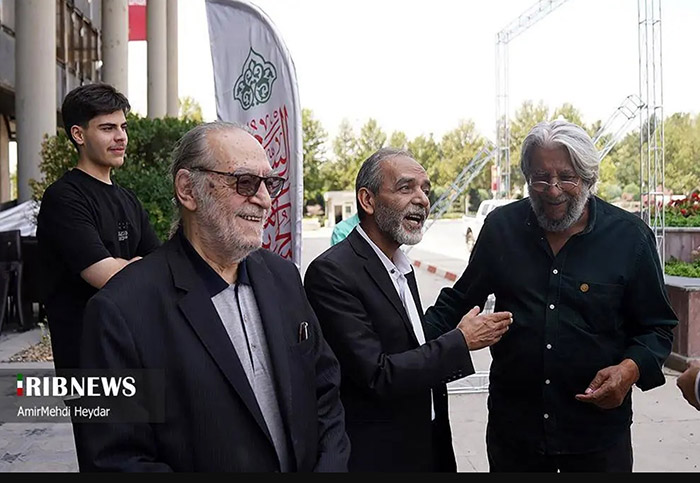Sahar Emami’s Professional Resilience
For Sahar Emami, the attack became a defining moment of professional resilience. Her calm return to the airwaves, praised by colleagues and media professionals alike, symbolized both a personal and institutional determination to continue broadcasting under any circumstances.
But Emami has also come to represent a broader struggle — the balancing act between state loyalty and journalistic integrity. While she remains an employee of a state-controlled institution, her professionalism in moments of crisis has won her a degree of respect that transcends political divides.
The Broader Crisis of the IRIB
The missile strike also laid bare the ongoing crisis within the IRIB itself — a state media conglomerate frequently accused of inefficiency, outdated practices, and political bias. Despite massive government funding, many of its programs suffer from low viewership, especially among younger, tech-savvy audiences who turn to satellite channels or social media for news and entertainment.
This became particularly evident with the unexpected success of “Paytakht 7”, a television series that managed to outperform even the most heavily promoted news and cultural programs of the IRIB. Its popularity underscored a truth long known but rarely acknowledged: authentic storytelling resonates more with the public than polished propaganda.

